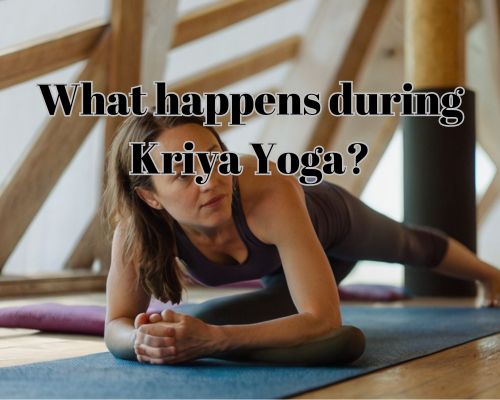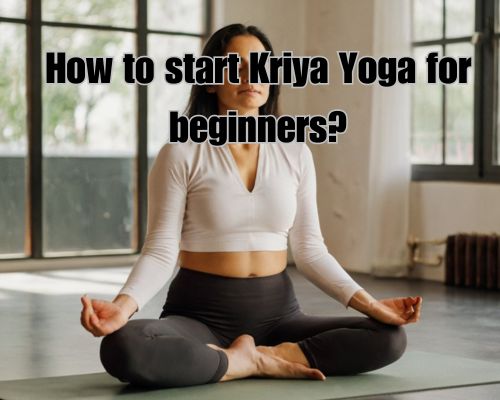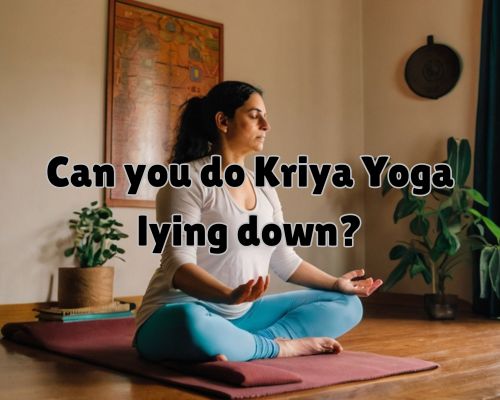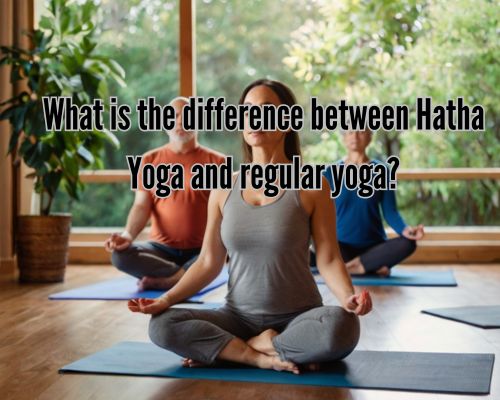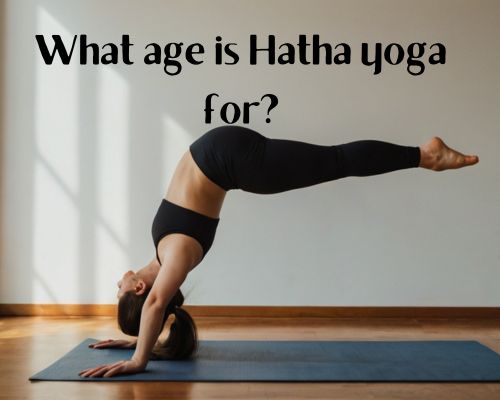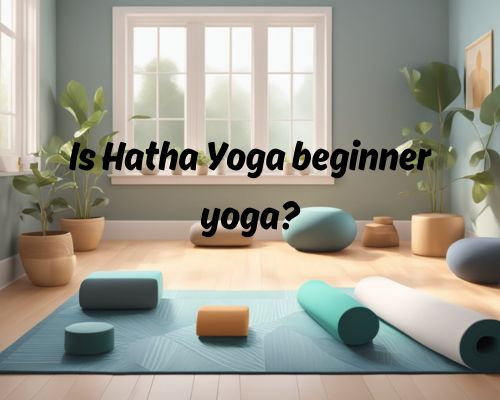What is the Kriya Yoga Mantra? A Comprehensive Guide for Mornington, Australia
Kriya Yoga is more than just a meditation technique; it’s a holistic spiritual practice that has gained global recognition for its transformative effects on the mind, body, and spirit. For residents of Mornington, Australia, the allure of Kriya Yoga is amplified by the region’s serene natural beauty, offering an ideal environment to delve into its profound practices. At the core of Kriya Yoga lies the Kriya Yoga mantra, a sacred tool that facilitates deeper meditation and self-realization.
This article explores what the Kriya Yoga mantra is, its significance, how it fits into the broader Kriya Yoga tradition, and why it resonates so well with practitioners in Mornington.
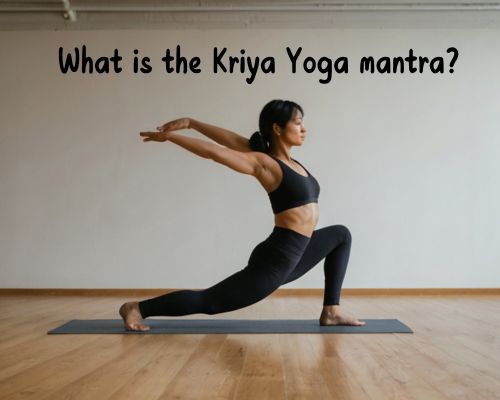
Understanding Kriya Yoga: The Foundation of the Practice
Kriya Yoga, derived from ancient Indian yogic traditions, was popularized in the West through Paramahansa Yogananda’s seminal work, Autobiography of a Yogi. It combines disciplined breathing techniques (pranayama), meditation, and mantras to accelerate spiritual growth. The mantra, an integral component of this practice, serves as a bridge between conscious thought and the infinite calm of spiritual awareness.
In Mornington, where modern lifestyles often intersect with a yearning for mindfulness, Kriya Yoga provides a structured yet deeply personal approach to meditation. Practitioners like in https://bikramyogamornington.com.au/ have found the mantra particularly effective in calming the mind amidst the region’s vibrant yet tranquil coastal surroundings.
What is the Kriya Yoga Mantra?
The Kriya Yoga mantra is a sacred sound or phrase used during meditation to focus the mind and connect with higher consciousness. Unlike mantras in other yogic traditions, the Kriya Yoga mantra is typically passed from teacher to student during initiation. This personalized approach ensures that the mantra aligns with the individual’s spiritual journey.
The Significance of the Mantra in Kriya Yoga
- Facilitating Focus: The mantra acts as a meditative anchor, helping practitioners transcend distractions and access deeper states of consciousness.
- Energy Alignment: By chanting or mentally reciting the mantra, practitioners stimulate energy flow along the spine’s chakras, harmonizing their inner energy.
- Spiritual Awakening: The mantra serves as a subtle guide, drawing practitioners closer to self-realization and universal connection.
For Mornington residents, this mantra can become a sanctuary amidst the hustle of modern life, offering a means to recharge and realign in the midst of daily demands.
The Local Context: Why Mornington is Perfect for Practicing Kriya Yoga
Mornington, located on the picturesque Mornington Peninsula, offers a unique setting for Kriya Yoga practice. Its pristine beaches, gentle sea breezes, and lush parks such as Mornington Park and The Briars create an ambiance conducive to introspection. Many yoga studios in the area, such as https://bikramyogamornington.com.au/, incorporate Kriya Yoga sessions, helping locals embrace the practice with expert guidance.
The peaceful environment complements the mantra’s transformative potential, allowing practitioners to dive deeply into meditation without the noise of urban distractions.
How to Practice the Kriya Yoga Mantra in Mornington
To integrate the Kriya Yoga mantra into your life, follow these steps:
- Find a Teacher: As the mantra is typically imparted during initiation, seek a qualified Kriya Yoga teacher in Mornington. Studios such as or community meditation groups are great starting points.
- Set Up a Sacred Space: Choose a quiet corner in your home or explore outdoor locations like Fossil Beach or Mills Beach to meditate amidst nature’s beauty.
- Daily Practice: Consistency is key. Dedicate at least 15–30 minutes daily to chanting or mentally repeating the mantra.
- Focus on Breathwork: Combine mantra recitation with pranayama techniques, such as alternate nostril breathing, to enhance energy alignment and mental clarity.
- Join Local Groups: Mornington boasts an active wellness community. Engaging with like-minded individuals can deepen your practice and offer ongoing inspiration.
Benefits of the Kriya Yoga Mantra for Mind and Body
1. Mental Clarity and Emotional Balance
The mantra helps declutter the mind, reducing stress and anxiety—a common concern for Mornington’s professionals balancing work and personal commitments.
2. Enhanced Energy Flow
Regular practice facilitates the smooth flow of energy through the body’s chakras, enhancing vitality. This is particularly beneficial for Mornington residents who enjoy outdoor activities like hiking the Mornington Peninsula National Park.
3. Spiritual Growth
For those seeking purpose and connection, the mantra unlocks deeper layers of consciousness, providing clarity about life’s larger questions.
Addressing Common Misconceptions
Some believe that the Kriya Yoga mantra is a simple chant anyone can use. However, it is important to understand its unique and personalized nature. Unlike generic mantras, the Kriya Yoga mantra requires proper initiation and guidance to unlock its full potential. Misusing or casually experimenting with it may dilute its effectiveness.
Mornington’s yoga studios and meditation centers ensure that learners receive authentic instruction, preserving the mantra’s sacred integrity.
Exploring Kriya Yoga Communities in Mornington
Mornington is home to a growing community of spiritual seekers and wellness enthusiasts. Here are some ways to immerse yourself in the local Kriya Yoga culture:
- Workshops and Retreats: Participate in weekend retreats held at locations, where you can explore the mantra and other Kriya Yoga practices in depth.
- Online Sessions: If your schedule doesn’t permit in-person classes, many Mornington teachers offer virtual sessions tailored to local time zones.
- Community Events: Look out for meditation gatherings at landmarks like Mornington Pier, which provide a serene setting for collective practice.
Final Thoughts: Unlocking the Power of the Kriya Yoga Mantra in Mornington
The Kriya Yoga mantra is a powerful tool for self-transformation, connecting individuals to their inner essence and the universal energy that surrounds them. In Mornington, with its harmonious blend of natural beauty and community support, the practice of Kriya Yoga becomes even more enriching.
Whether you’re a beginner or an experienced practitioner, embracing the mantra can lead to profound mental clarity, emotional balance, and spiritual awakening. Begin your journey today and discover how this ancient practice resonates in the peaceful surroundings of Mornington, Australia.
By combining personalized guidance, regular practice, and Mornington’s tranquil environment, the Kriya Yoga mantra offers a timeless pathway to inner peace and enlightenment. Start exploring this sacred tradition and watch as your mind, body, and spirit align in perfect harmony.
